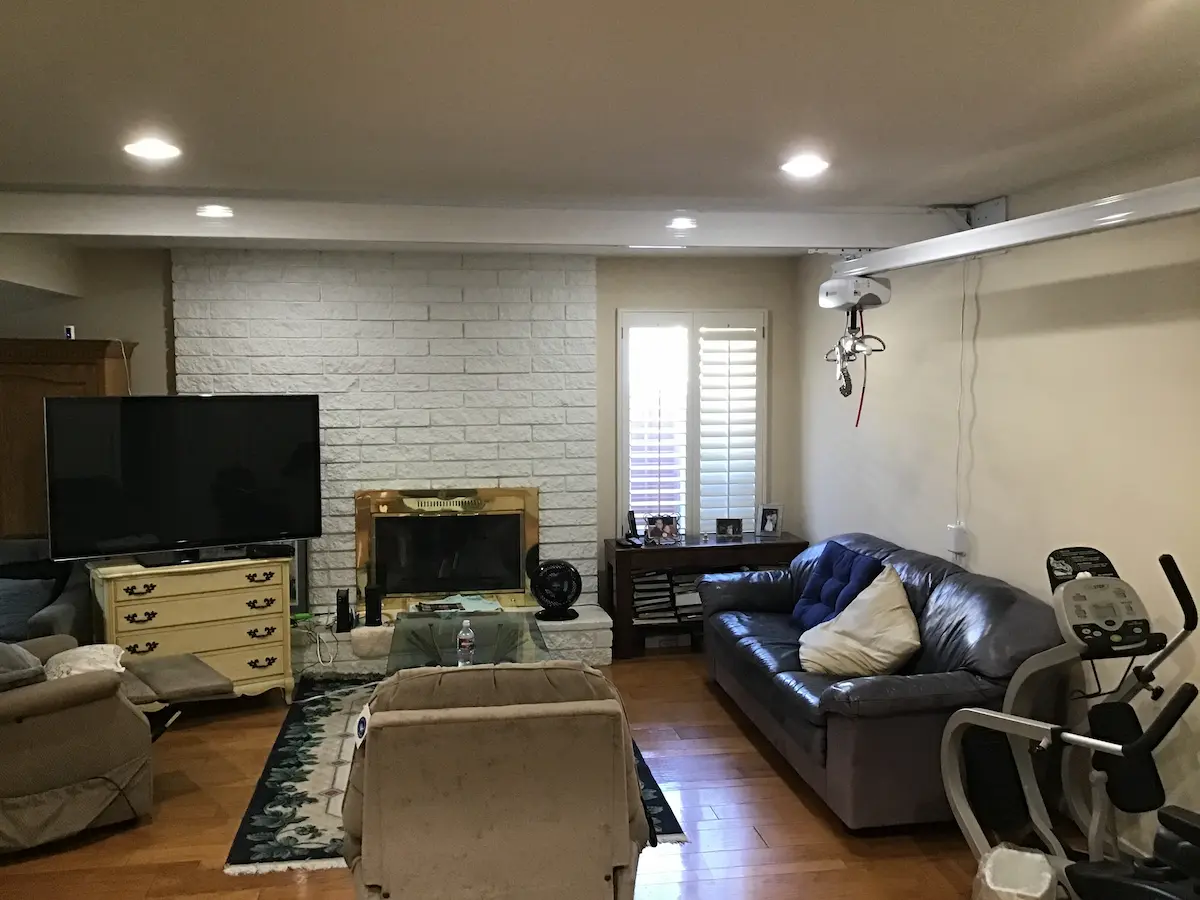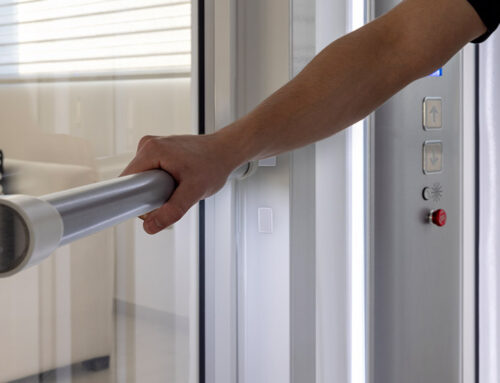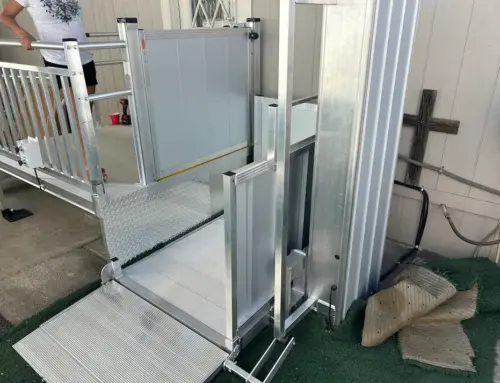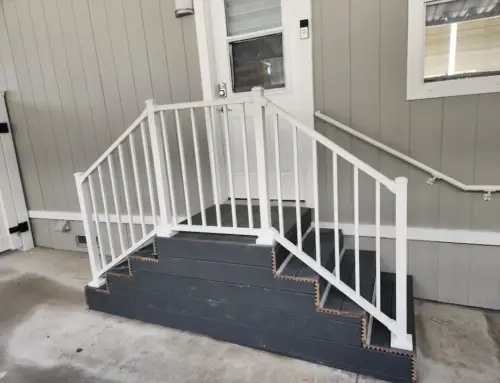A home is a place where everyone feels safe and relaxed. Unfortunately, disabilities can take away this pleasure from many. If anyone has any disabilities or mobility challenges in your home, you may need to make it safer and easier to navigate. You may feel otherwise, but with a few equipment and modifications, making a handicap accessible home can be a simple task.
This article has such great ideas for making your home more accessible. You can use these concepts for both short-term and long-term builds. Keep reading, and make sure to follow the checklist for an inclusive and mobility-friendly home.
Make A Handicap Accessible Home: The Checklist
An accessible home is built or changed in a way that people with disabilities can live on their own. These homes help the disabled maintain their dignity. Besides, the sense of independence also returns as different features allow people to move without any help.
Let us look at some ways to make your home easier to get around.
-
Furniture Placement
People who use mobility aids like wheelchairs and walkers need open space. Moving furniture around is one of the fastest ways to make your home easier to get into. A 5-foot turn radius is ideal so that people who use mobility aids can move around freely without having to run into things.
It is recommended to leave at least two feet of space between pieces of furniture. The ADA (Americans with Disabilities Act) also has rules and guidelines for rooms with fixed furniture, which you should abide by.
-
Replacing Stairs With Handicap Accessible Ramps
Adding a ramp to your doorway is the fastest and easiest way to make your home more accessible. A wheelchair ramp that is custom-built or fixed in a place can be expensive and require permits. However, portable ramps are easier to set up.
You can assemble or buy four different kinds of ramps for people with disabilities:
- Residential Modular: These are made to fit into homes with odd or unique spaces. They come in a number of parts that can be changed to fit your needs. The installation process is simple, but it’s still recommended to get professional help.
- Commercial: Ramps for commercial properties can be modular or custom aluminum ramps. Wood ramps are hard to keep up with, but aluminum modular ramps are a great alternative. With commercial handicap ramps, all visitors, no matter what their mobility needs are, can get in safely and easily.
- Threshold: This ramp is small, but it helps level out differences in height of up to 6 inches. It is great for floors that are not level between the inside and outside.
- Portable: For short-term needs, portable ramps are great. That’s because they give you the freedom of having a ramp without having to install one. They come in two or threefold options.
-
Automatic Door Openers
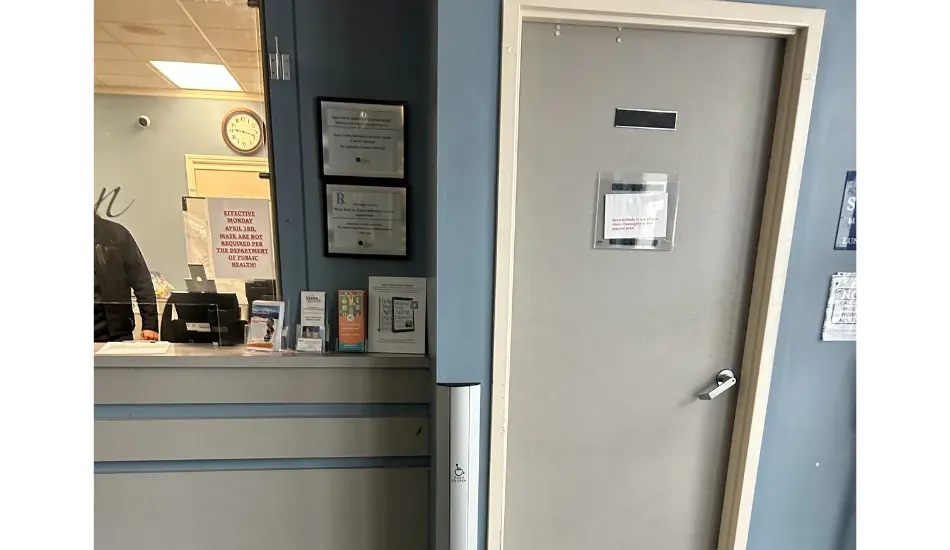
With the push of a button, automatic door openers make it easier to get in and out of a space. You can program them to open or close the door and hold it open while you walk through.
People who are handicapped find great relief in the installation of these devices. When these openers work their magic, entering or exiting won’t require any assistance. As a result, a sense of independence returns to people with disabilities.
-
Bath Safety
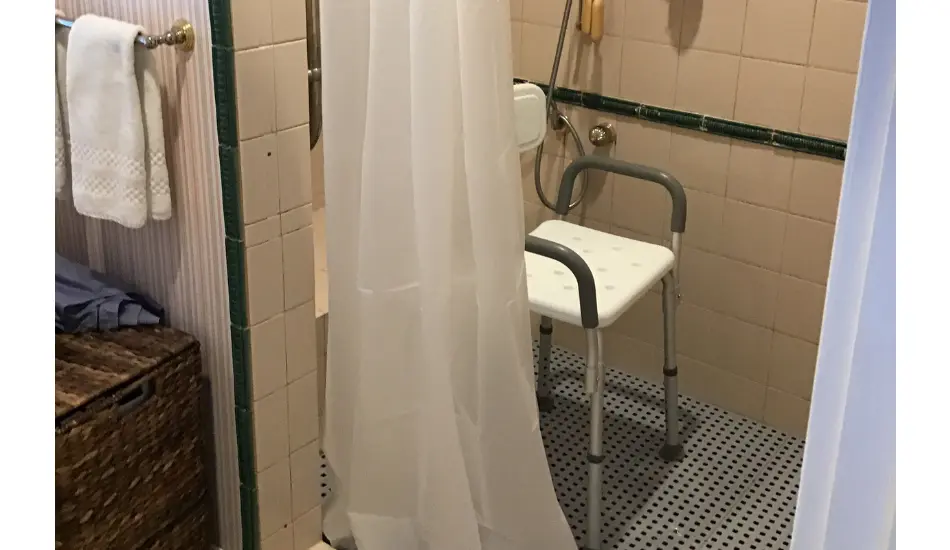
Bathrooms are one of the biggest concerns for people with special needs. Lots of accidents happen in this private room due to falls. Hence, it’s paramount to ensure the bathroom is safe enough.
There are some bath safety tools that can make bathing a lot more secure, such as:
- Bath Lift: A powered bath lift makes it safe and easy for people who have trouble moving around to get in and out of the bathtub. It has a seat, a backrest, and a battery control unit.
- Bath Transfer Chairs: This type of chair comes with a seat, a backrest, and armrests. You can change the height, make the feet non-slip, or add cutouts to make it easy to get to. It is different from a bath lift. While a bath lift is powered, a bath transfer chair is not. But both serve the same functionality.
- Grab Bars: You can use grab bars to help someone stay upright if they lose their balance or trip and fall. It is possible to hold on to a grab bar or keep some of the weight on it while moving. Usually, these bars are attached to brick walls or stud walls.
- Non Slip Coating: As the name suggests, it prevents accidental sips. The non-slip formula feels like 200-grit sandpaper but is not problematic for your skin. You can put it on many surfaces, like bathtubs, tiles, and even the concrete steps outside your house.
- Shower Chairs: Having showers can be problematic for handicapped people. A shower chair minimizes those problems by making showers safe. This item is designed to be comfortable and waterproof. Besides, it will not slip.
- Toilet Risers: This is a combo of a durable toilet and a lift chair. The handheld controls make it easier for users or caregivers to lift. It can be installed quickly, with options for battery or corded power.
- Walk-in Tubs: Regular tubs can be dangerous for disabled people. Walk-in tubs come as solutions. People with low mobility can easily get in and out of the tub. They must enter through the door, close it, and lock it to use a walk-in tub. Then, they need to add water to the tub and then turn on any extra features they want to use.
- Tub Cutouts: Want to turn your bathtub into a walk-in shower? Cutouts in a bathtub can be an easy and inexpensive solution. The process involves taking out a piece of the tub wall and putting it in a lower step in its place.
-
Transfer Lift Systems
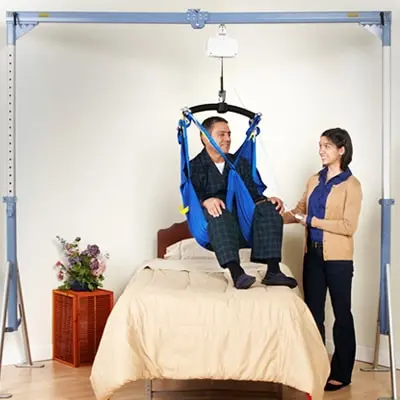
You can safely and easily move from one place to another with a transfer lift system. There are various kinds of transfer lift systems, such as
- Freestanding Lifts: This kind of transfer lift has a 2-post frame system (also available in 3-post or 4-post). The ceiling lift motors can be movable or semi-permanent. The freestanding frame is used when structural issues or rental applications prevent ceiling lift track installations. No tools are needed to assemble it. You can also adjust its height and length for optimal use.
- Overhead or Fixed Ceiling Lifts: Instead of lifting the person by hand, a stationary lifting solution is the best option from an ergonomic point of view. It comes with a ceiling lift unit attached to a permanently installed rail system. With this system, the caregiver can always choose the best angle for working. The lift is always on and takes up little floor space. It is easy to move, has a large lifting area, and can lift very low or very high.
- Vertical Overhead Patient Lift: This type of lift has a boom, a lift, and a sling. It is attached to the ceiling. The patient is held in place by the sling, and the lift can be moved along the boom.
- Vertical Platform Lifts: These lifts are made up of a trigger, a platform, and a drive mechanism. Wall switches, motion, light or sound sensors, RFID keycards or mobile apps can all be used as triggers.
-
Stair Lifts
Some people have trouble getting up and down stairs, but a stair lift makes it safe and easy for them to do so. The set includes a chair, a rail, and motorized gear. With the help of a switch on the armrest, the chair moves slowly up and down the rail.
There are many types of this lift, including:
- Indoor Straight: This is a type made for indoor stairs that do not have any turns, bends, or landings.
- Indoor Curved: For homes with curved stairs, split levels, or landings in between floors, curved stair lifts are a great option. Because every stair lift is custom-made, it can go from one floor to another or all the way to your bedroom.
- Outdoor Straight: A stair lift for the outdoors is a safe and comfortable way to get into your home. It is a great choice for homes with decks or entrances on the second floor. The lifts are made to stand up to even the worst weather conditions!
-
Handrails
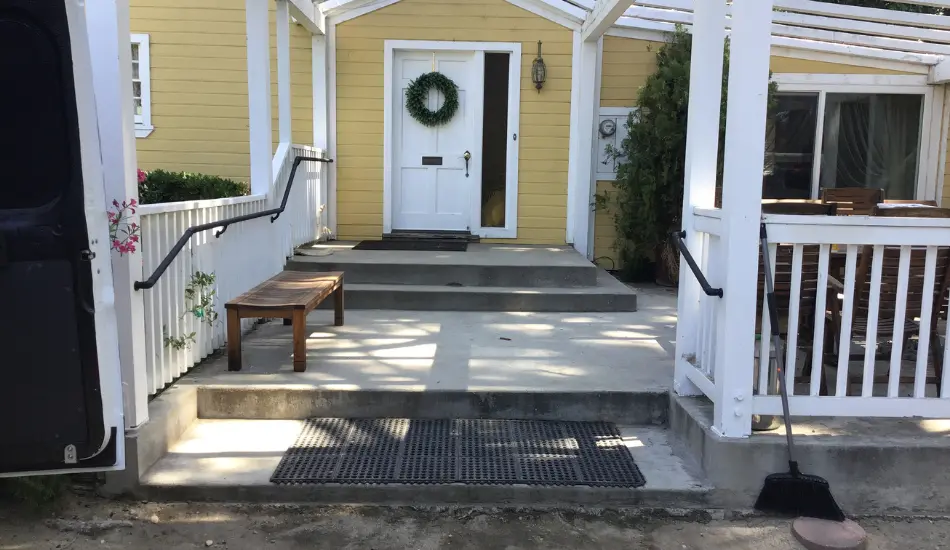
Railings are not uncommon in our homes. Hence, you might not pay much attention to them in the first place. But guess what? The number of accidents these silent guardians prevent is huge!
With handrails, handicapped people can get strong support while moving along the stairs. For years of use, pick the ones made of powder-coated aluminum. Also, a textured finish is suggested for better grip and comfort.
-
Lifting Chairs
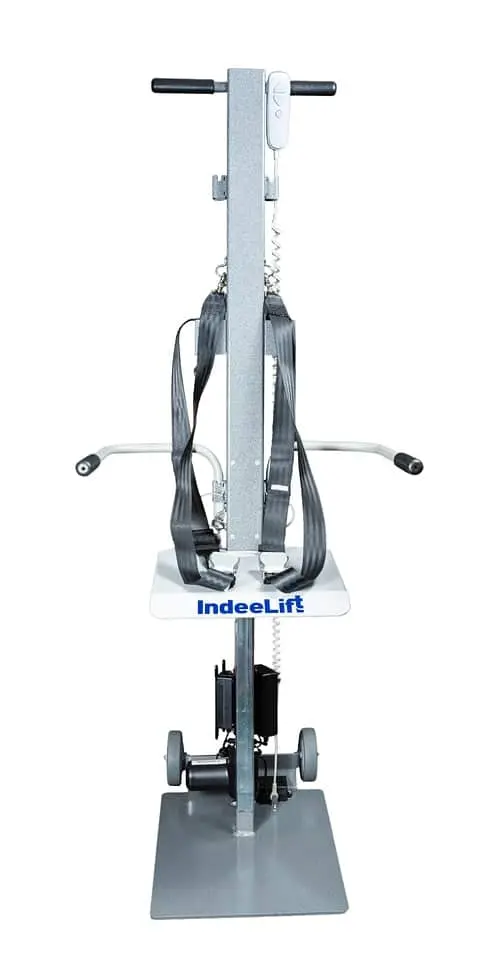
These chairs lift a person who has fallen and cannot get up comfortably again to a sitting or almost standing position. The best part is that the process is done in a way that supports the entire body throughout the process. Lifting this way shows respect for dignified and safe assistance.
Lifting chairs are battery-operated and controlled remotely. The installation and cleaning are easy. These chairs are highly mobile. Hence, you can easily place them wherever and whenever you want.
-
Accessible Kitchens
The kitchen is usually the hardest room in the house to get to. One reason is that many homes still have built-in appliances, like the microwave, above the counters. Other problems include vertical built-in shelves and countertops that are not ADA-compliant and are often too high.
For easier access, move everyday items to lower cabinets and rearrange appliances near the sink. Moving things around can get messy, and you need to know a lot about codes and permits to do it right.
ADA-compliant dishwashers, ranges, and wall ovens, along with lowered countertops, could make the kitchen easier to manage. Change a microwave that is above the counter to one that is in a drawer or on a shelf below the counter, for example.
Conclusion
Accessibility issues shouldn’t prevent disabled people from enjoying a sound living experience. With a few tweaks, you can ensure all parts of your home are safely accessible. Little things like furniture placement and handrails can be very useful. Besides, you need to make sure the bathroom is safe, and the stairs are well protected.
No matter what accessibility item you need, Call Before You Fall is here to make things happen. Our goal is to give everyone, but especially the elderly, the tools they need to live a safer and more independent life. Contact us today and tell us about your needs.

